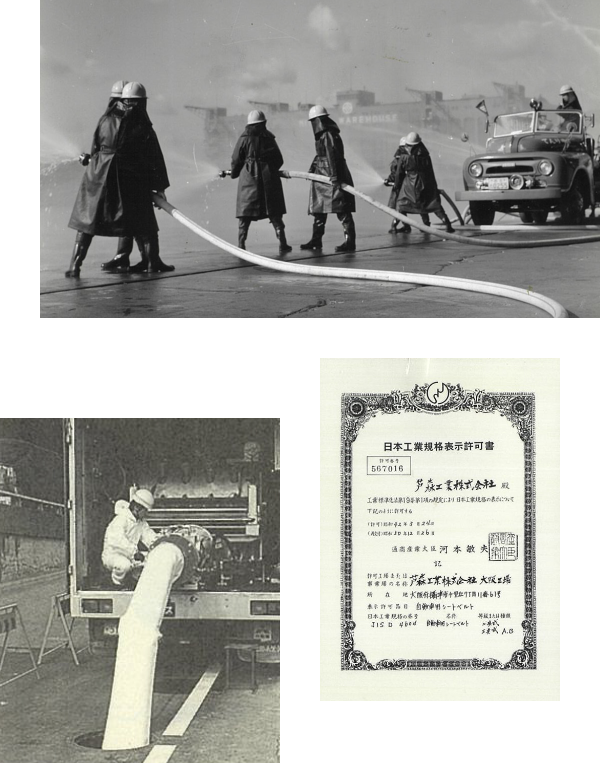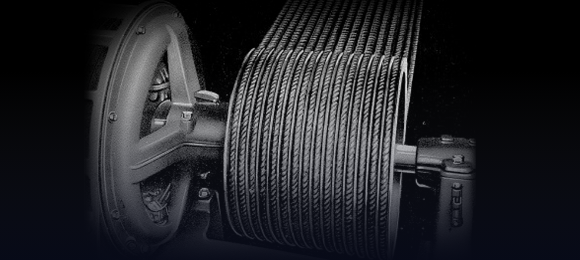Ashimori Industry at a Glance
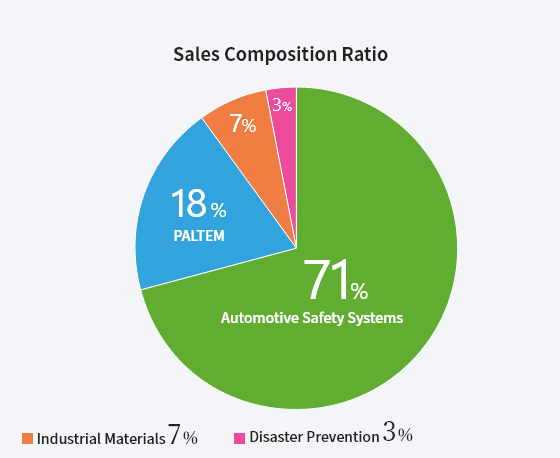
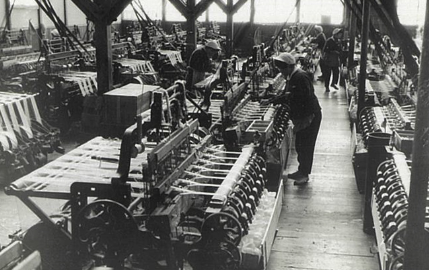

million yen
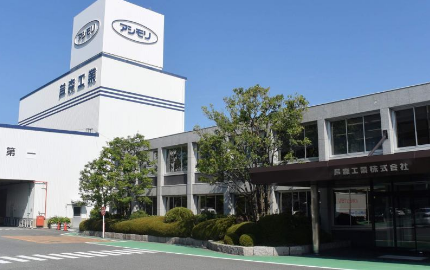
billion yen



Origin of the Name ‘Ashimori Industry’
Founder Ashimori Buhei the 10th named the company Ashimori Rope Works in 1894 after the family name. In 1944, the name was changed to Ashimori Industry Co., Ltd.
In the eighth year of operation, 1885, under Ashimori Buhei the 10th the company became the first in Japan to successfully use a machine to make cotton power transmission rope. This contributed to the modernization of the country’s spinning industry.
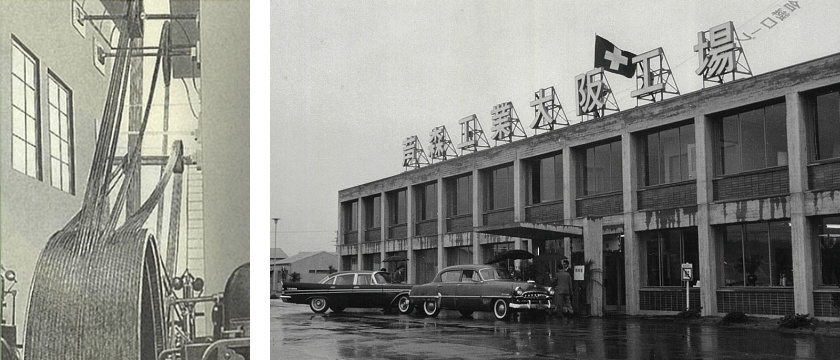
Left: In 1885, the company began manufacturing cotton power transmission rope. This very first factory was open air and was equipped with only a wooden rope-making machine.
Right: Photo taken in 1960, when the company moved to and built a new factory in Settsu, Osaka Prefecture, the current location of the Head Office and Osaka Plant.
Technology, Adaptability, R&D
Ashimori Industry, which began as a cotton and linen yarn merchant, has been diversifying its business activities by utilizing elemental technologies cultivated in the textile industry.
The company contributes to society through technological innovation with the aim of helping realize a safe, secure, and comfortable society.
Technologies were developed to allow a wide range of products to be made from a single fiber.
- Technology for weaving tube shapes (fire hoses, PALTEM materials)
- Technology for weaving belt shapes (seatbelts)
- Technology for making rope (rope for shipping, etc.)
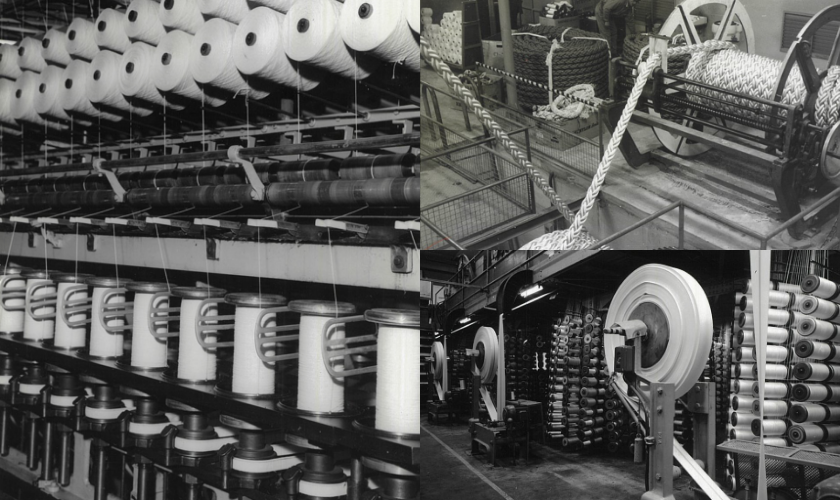
A History of
Realizing Numerous Japan-Firsts
- ※ This revolutionized firefighting, which had mainly used hoses made of hemp.
